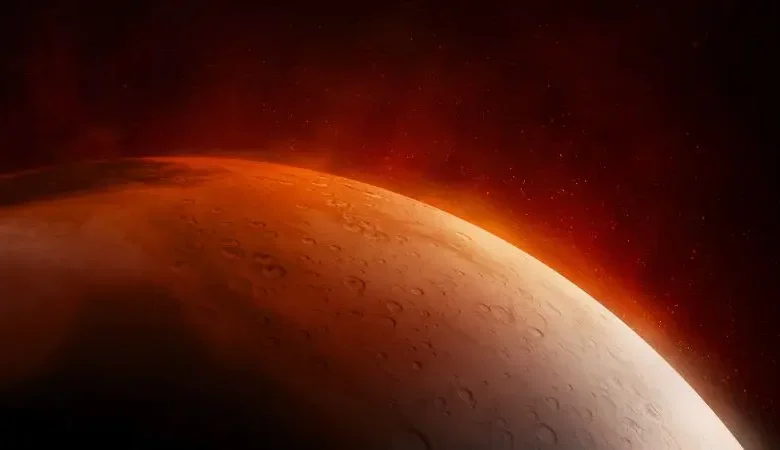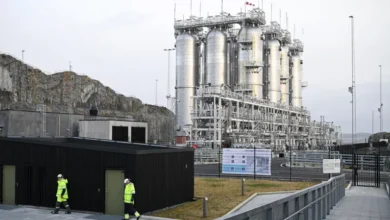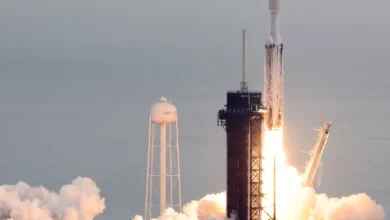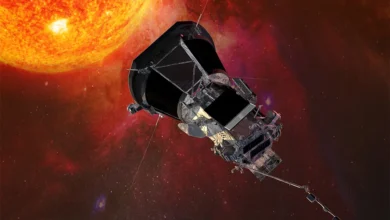NASA experiment proves extracting oxygen on Mars is possible

A revolutionary experiment took place on Mars which demonstrated that it is feasible to extract breathable oxygen from the planet’s thin atmosphere, potentially providing a crucial source of supply for future human missions.
As it was reported on science alert, The Mars Oxygen In-Situ Resource Utilization (ISRU) Experiment (MOXIE) was placed in the belly of NASA’s Perseverance rover, where it repeatedly broke apart molecules in the Martian air to generate a small but steady supply of oxygen. Over 16 runs, MOXIE has produced a total of 122 grams of oxygen, roughly enough to sustain breathing for a small dog for 10 hours and a human for four hours.
The experiment works by electrolysis, using a current to drive an electrochemical breakdown of carbon dioxide into its constituent atoms. The carbon monoxide is vented, but the oxygen atoms are recombined into O2, the molecular oxygen that supports life.

Shutterstock
The MOXIE experiment, developed by scientists from MIT, runs for a few hours at a time. It begins by taking in Mars air and removing impurities through a filter. The air is then compressed, heated, and passed through the Solid OXide Electrolyzer (SOXE), where it undergoes electrochemical reactions. MOXIE can produce a maximum of 10 grams of oxygen every hour, enough for an astronaut’s twenty-minute oxygen needs.
While MOXIE has been successful in demonstrating that oxygen can be extracted from Martian air, researchers believe that a full-scale system needs to be developed to make it practical for a prolonged stay on the planet.

Shutterstock
Space travel comes with many challenges, and for humanity to attempt a long stay on Mars, many problems need to be tested and solved before it can become a reality. Oxygen is an important factor, as future Martian explorers will need all the help they can get to be self-sufficient. However, with the recent success of MOXIE, researchers are optimistic that useful technologies will be developed to make life on Mars a reality.










